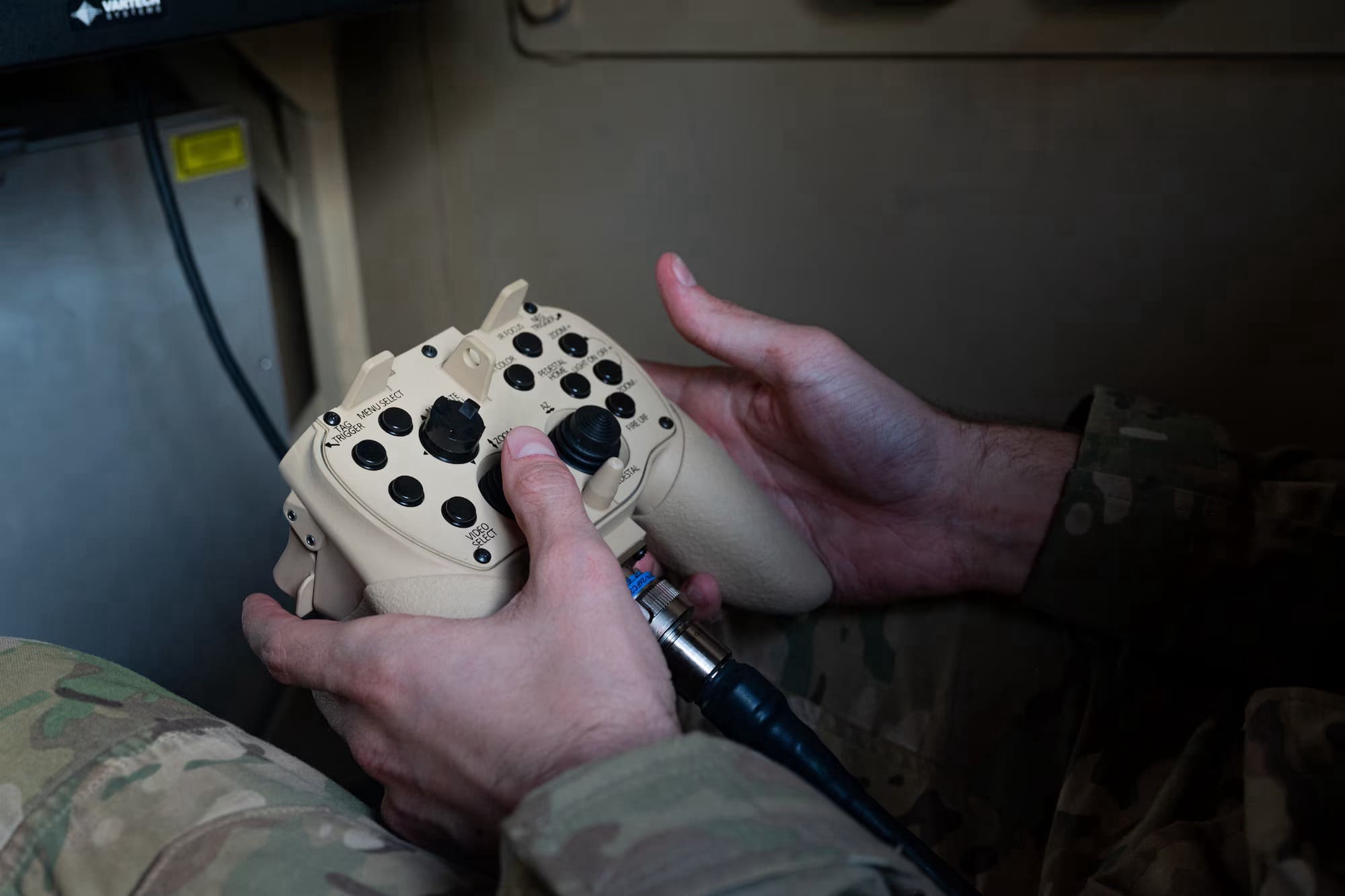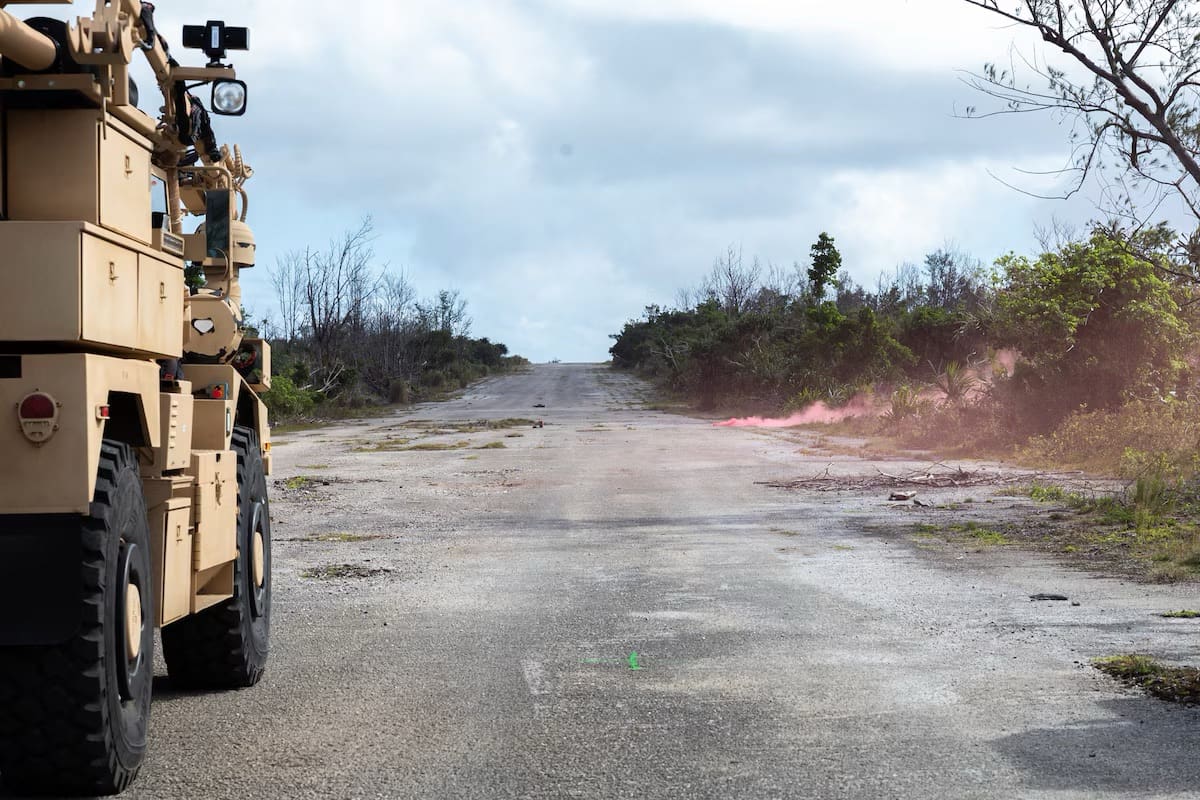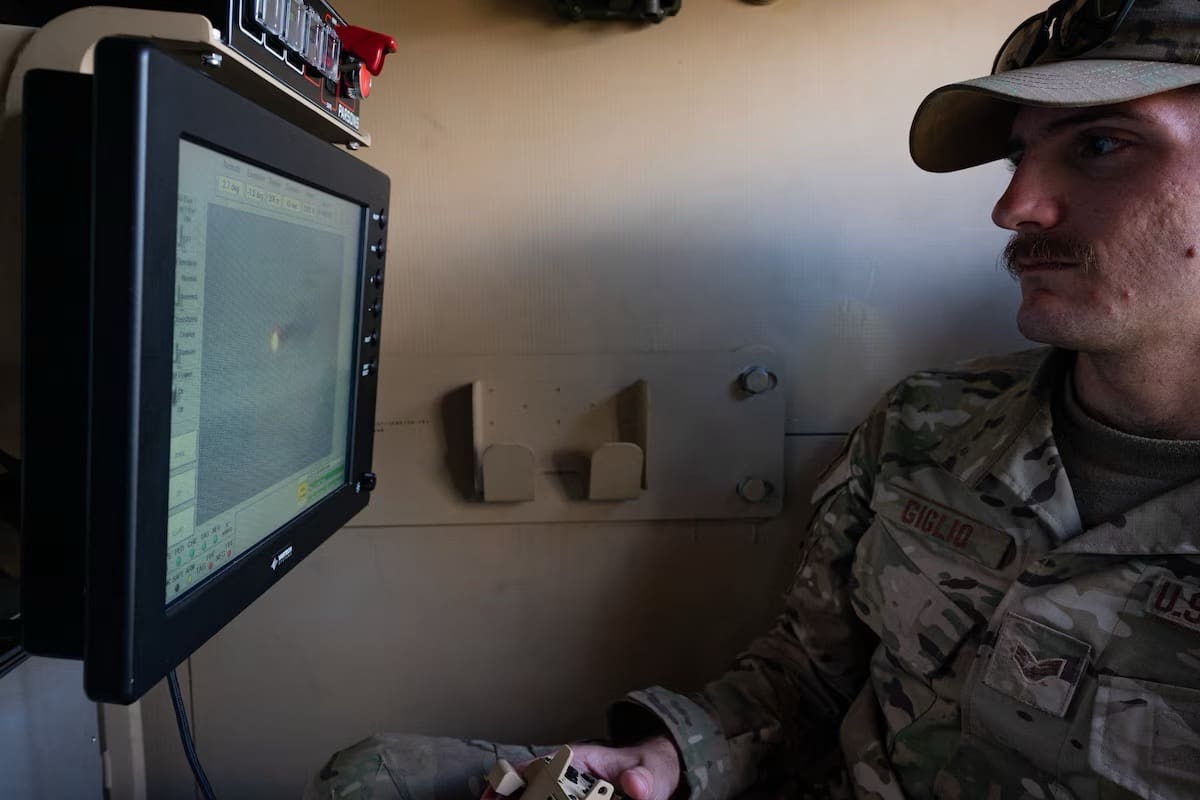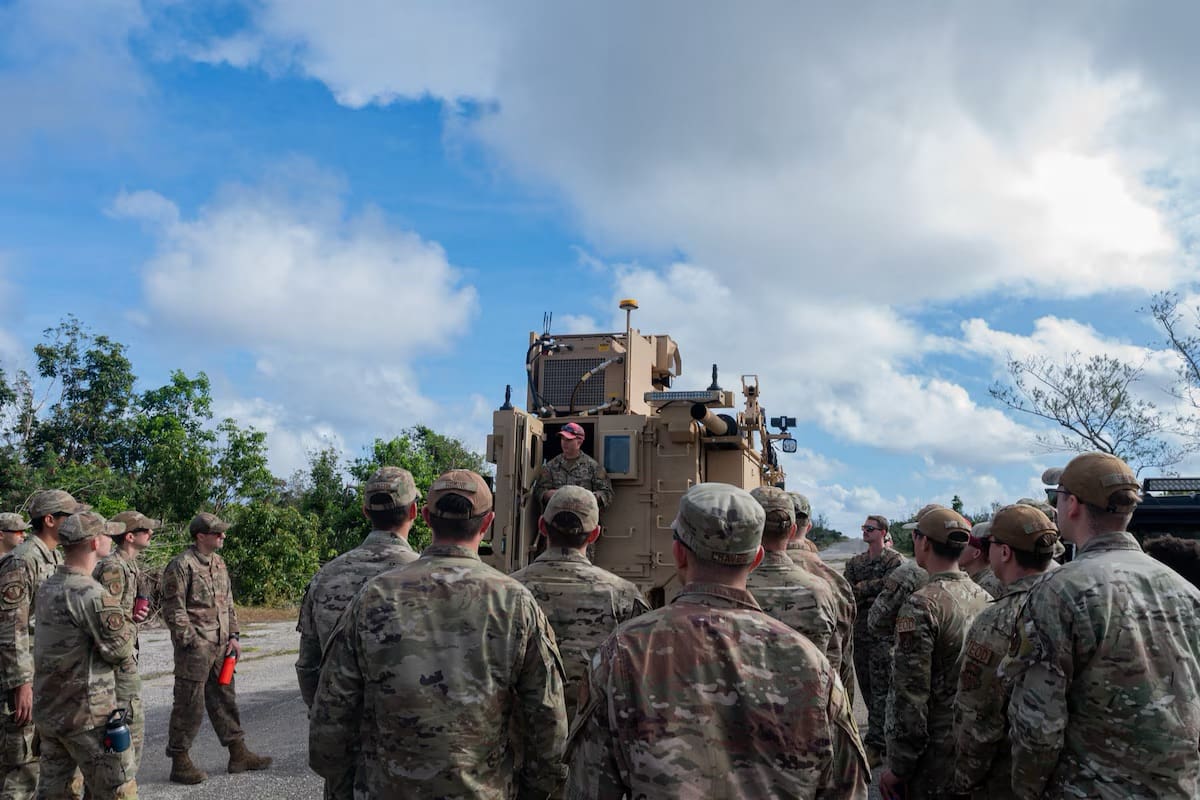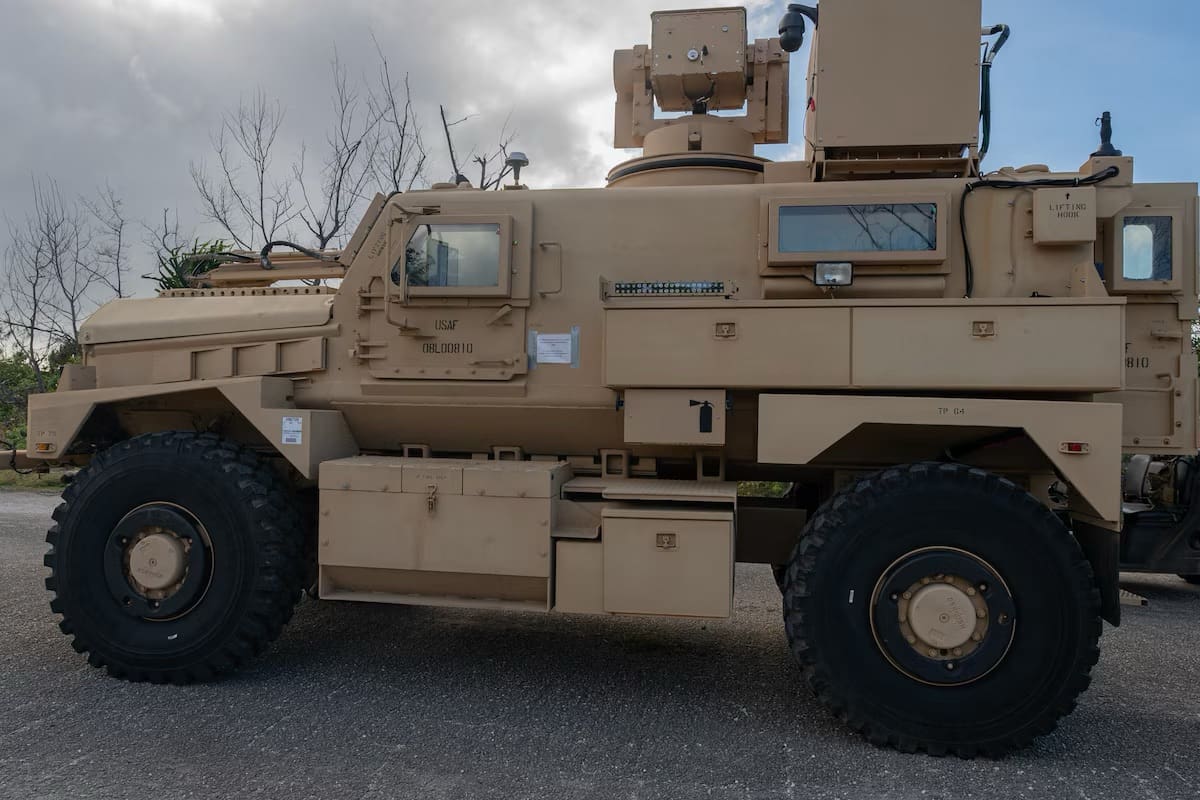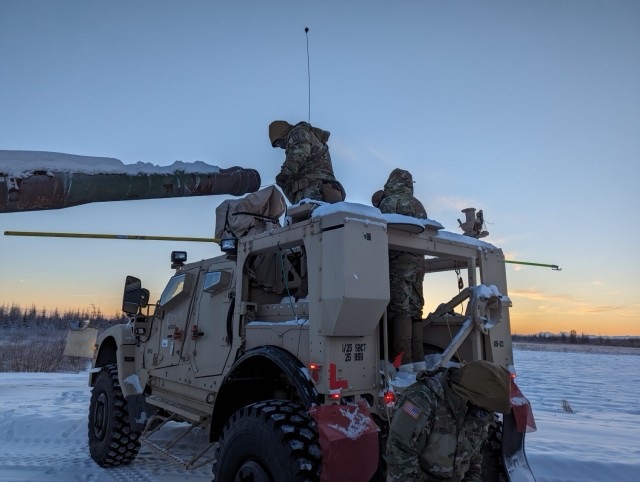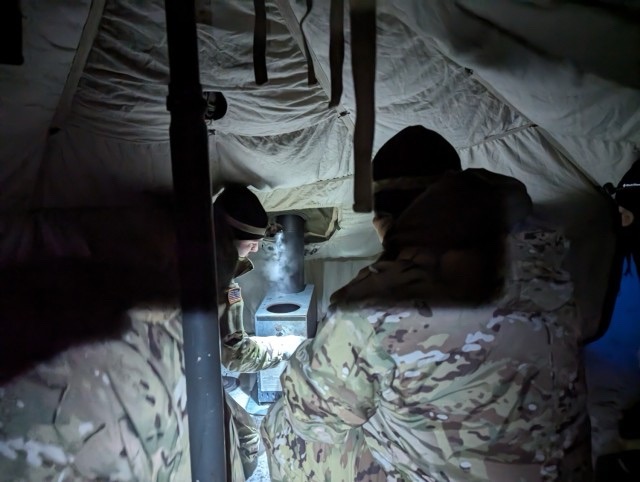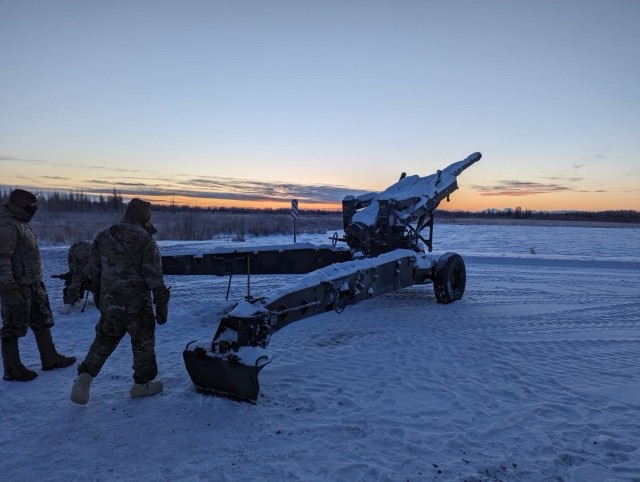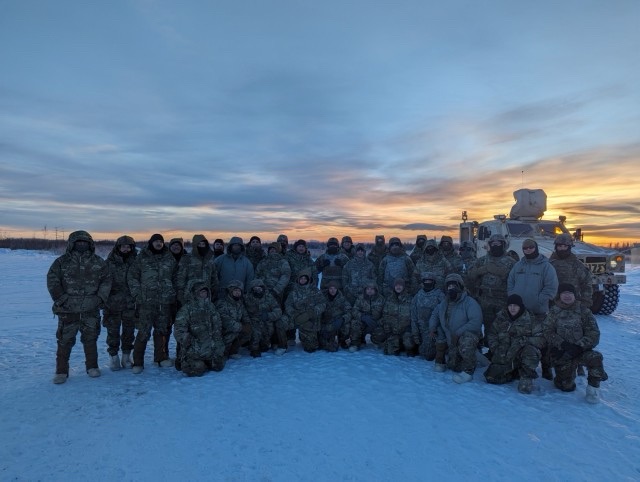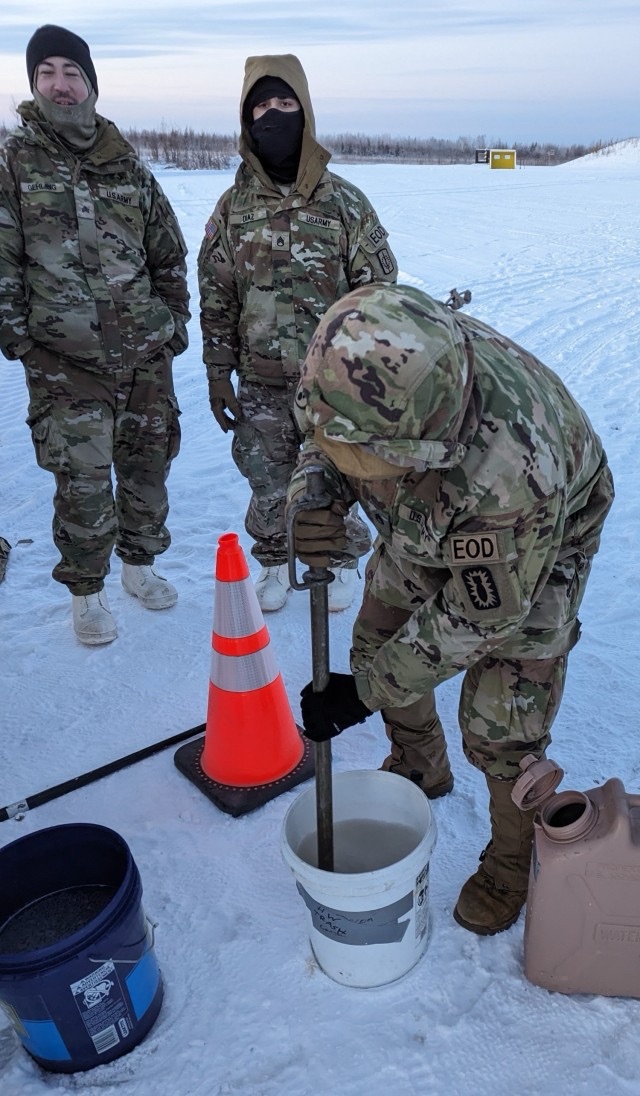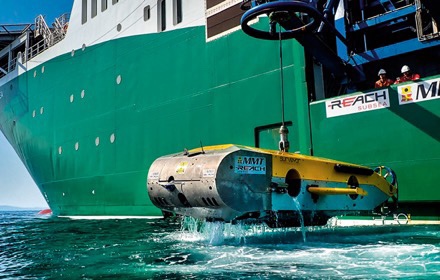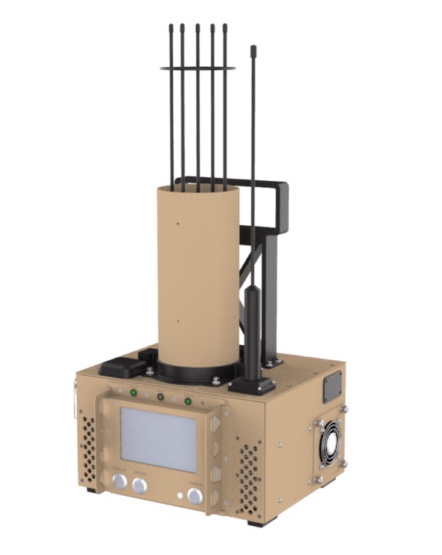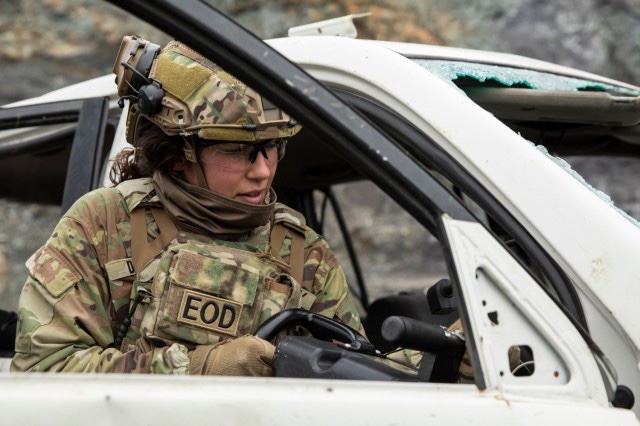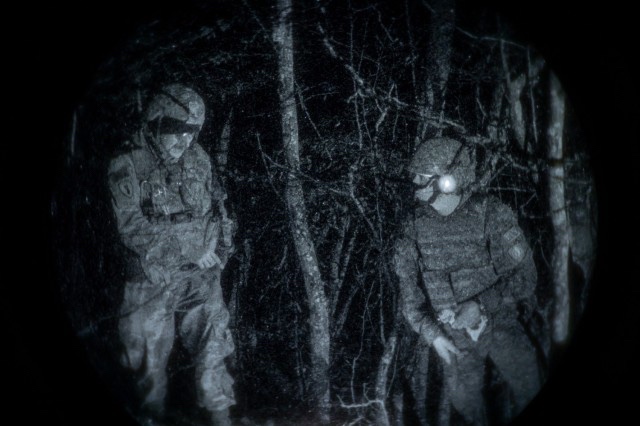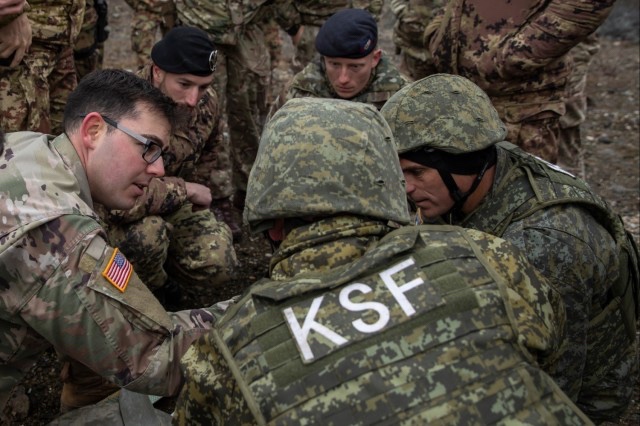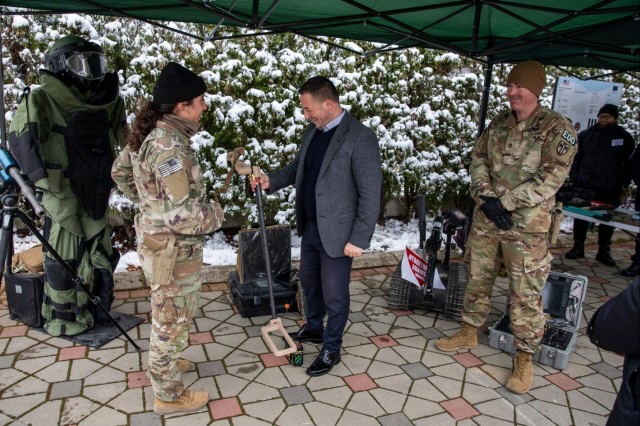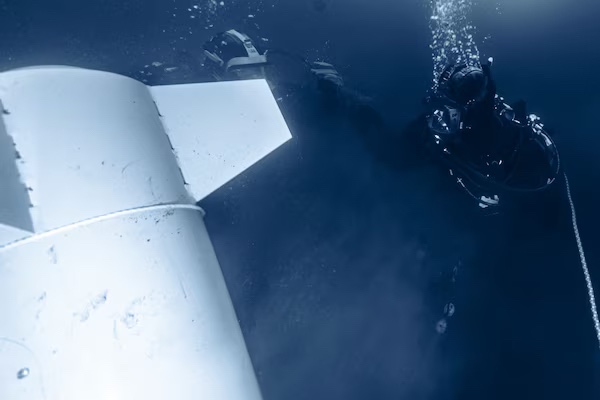
FORT SILL, Okla. – U.S. Army Explosive Ordnance Disposal technicians demonstrated flexibility, ingenuity and resourcefulness during a recent response to a lodged round in a M109A6 Paladin howitzer on Fort Sill, Oklahoma.
Army EOD Soldiers, from the 761st Ordnance Company (EOD) safely cleared the projectile that jammed during howitzer training.
Staff Sgt. Cody A. Dodd, an EOD team leader from the 761st EOD Company, coordinated with the Naval Explosive Ordnance Disposal Technology Division (NAVEODTECHDIV) to implement a new strategy to clear the lodged round.
The U.S. Navy is designated as the joint service Executive Agent for EOD Technology and Training. Part of the Naval Sea Systems Command, the Naval Explosive Disposal Technology Division is used by all EOD technicians for joint EOD requirements.
“This response was unique because it is rare to receive such an incident,” said Dodd. “Being at Fort Sill, home of the artillery, you would think this is a common occurrence. However, that is not the case. I’ve been stationed here for two years and this is the first incident like this.”
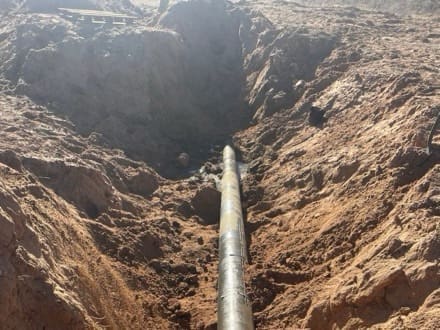
After the usual stuck round procedures were unsuccessful, Dodd and the field artillery battalion commander determined that the safest course of action was for the disposition of the gun barrel and ordnance inside.
Dodd led the team that disposed of the round while it was still lodged by moving the barrel to the demolition range and assisting in the download of the 4,500-pound tube. EOD team was able to safely destroy the stuck round and the Paladin will be operational again after repair parts are installed.
“This is important to the supporting artillery units because a stuck round causes the gun to be completely inoperable,” said Dodd, a native of Wellsburg, West Virginia, who has deployed to Afghanistan and Syria during his almost nine years in the Army. “It is our job to make all efforts to attempt to enable the gun to be at a firing status again.”
Dodd said the response will serve as a lesson learned for future joint service EOD operations involving stuck rounds.
“The highlight of this response would be the demolition procedure conducted on the gun tube and ordnance,” said Dodd. “With guidance from NAVEODTECHDIV, we were able to contribute to the overall EOD force for future incidents involving this ordnance.”

The Fort Sill, Oklahoma-based 761st EOD Company is part of the 79th EOD Battalion, 71st EOD Group and 20th Chemical, Biological, Radiological, Nuclear, Explosives (CBRNE) Command, the U.S. Department of Defense’s premier CBRNE formation.
From 19 bases in 16 states, Soldiers and Army civilians from 20th CBRNE Command take on the world’s most dangerous hazards in support of joint, interagency and multinational operations.
As the U.S. Army’s explosive experts, EOD technicians take on everything from hand grenades to nuclear weapons. After defeating more than 50,000 Improvised Explosive Devices in Iraq and Afghanistan, Army EOD techs are training to support ground maneuver forces during large-scale combat operations.
Army EOD technicians from the 761st EOD Company conduct target insertion, range clearance and fire break clearance missions for U.S. Army field artillery and air defense artillery units.
EOD technicians from the 761st EOD Company also enable military operations around the world and respond when military munitions are found on and off base in Oklahoma, Arkansas and across 60 counties in Texas.
Based on Fort Sill, Oklahoma, the 1-78th Field Artillery Battalion trains and educates Soldiers in fire support core competencies to support operational Army forces.
Lt. Col. Brian J. Dermody, the commander of the 1-78th Field Artillery Battalion, presented coins to the Soldiers involved in the response.
“Our fires mission is an absolutely critical part of the U.S. Army’s shift to preparing for large-scale combat operations against a near-peer adversary,” said Dermody, a native of West Chester, Pennsylvania, who has commanded the artillery battalion since July of 2023. “EOD technicians like Staff Sgt. Dodd take on the dangerous and demanding role of helping to keep us mission ready.”
By Walter T. Ham IV


